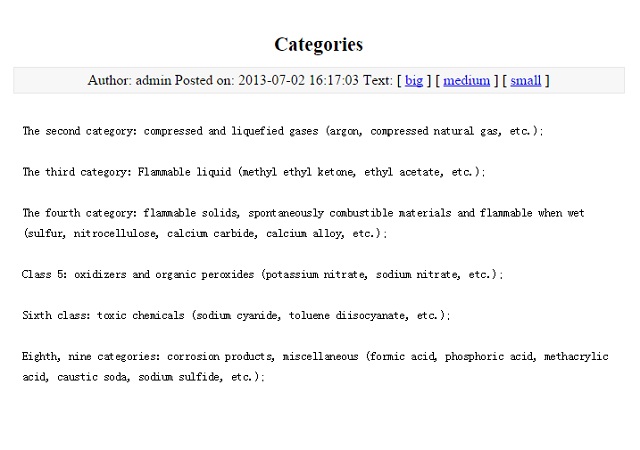WATCH: The death toll from the massive explosions in China has risen to 50. The blasts in the port city of Tianjin reduced warehouses filled with toxic chemicals to char. The Chinese president is personally vowing to find out what happened, but information China is tightly controlled and so far there have been few answers. Emily Elias reports.

The scene of destruction following back-to-back explosions in the Chinese port city of Tianjin continues to smolder as the death toll from Wednesday’s blasts topped 50.
READ MORE: In pictures: One day after the Tianjin explosion
At least 700 more people were injured when containers at a hazardous materials facility, in the city’s Binhai industrial zone, exploded and shook the city with the force of magnitude-2.3 and 2.9 earthquakes.
A smaller initial blast preceded a massive explosion that was reported to be the equivalent of 21 tons of TNT and sent a shockwave kilometres away, shattering windows and blowing doors off buildings and homes in the city of 7.5 million.
The cause of the explosions, which happened just past 11:30 p.m. local time (11:30 a.m. ET) Wednesday, is still being investigated.
At least one executive from Rui Hai International Logistics Ltd., the company who owned the warehouse where the blasts occurred, has been detained for questioning, according to Reuters.
WATCH: Drone footage shows the shocking scope of devastation in Tianjin after two explosions rocked the port city late Wednesday.

Get breaking National news
Rui Hai Logistics Ltd., according to Chinese news agency Xinhau, managed the transit and distribution of hazardous materials — including flammable chemicals. The company handled more 1 million tons of freight annually with yearly revenues topping 30 million yuan (approximately CDN $6.13 million), the agency reported.
News outlet Reportedly found an archived copy of chemical products that have been stored at Rui Hai’s facilities.

Among those hazardous materials contained at the site were some 700 tons of sodium cyanide, inside wooden boxes or iron barrels that each held about 50 kilograms, People’s Daily Online reported.
“According to firefighting headquarters, nitric acid items such as potassium nitrate, sodium cyanide are found to be contained in the warehouse that caused the blast. These solid oxidizers are easy to explode if heated or collided. A huge crater has been created on the spot,” the website reported.
READ MORE: Explosion in China disrupts oil, iron ore shipments at world’s 10th largest port in Tianjin
Other gases detected in the air included methylbenzene, trichloromethane, and ethylene oxide, Beijing Today reported the Ministry of Environmental Protection saying in a statement.
China’s Xinhua News Agency reported high levels of toxic fumes — including sulfur dioxide, carbon monoxide and nitrogen oxides — were detected in the air up to 500 metres of the where the blast occurred. But, Tianjin’s environmental bureau reported no fumes were detected two kilometres from the site.
A cancer-causing gas called epoxyethane was also detected in the air around the obliterated warehouse.
“At 4 a.m. Thursday, less than 2 milligrams per cubic meter of epoxyethane, a carcenogenic gas, was found in the most polluted area. It is considered hazardous at 5 milligram per cubic meter. At 5:30 a.m., the concentration of methylbenzene and volatile organic compounds, both harmful gases, slightly exceeded safety standards,” Xinhua reported. As of 11 a.m. local time Thursday, the toxic gas levels were in back within a “normal range.”
Tianjin is the 10th largest port in the world and is a hub for the processing of petrochemicals.
The Tianjin Economic Development Area has attracted foreign investors including Motorola, Toyota, Samsung and Novozymes.
It has grown in importance as companies wanting lower manufacturing costs have migrated to the north from eastern and southern China’s manufacturing centres.
With files from The Associated Press





Comments